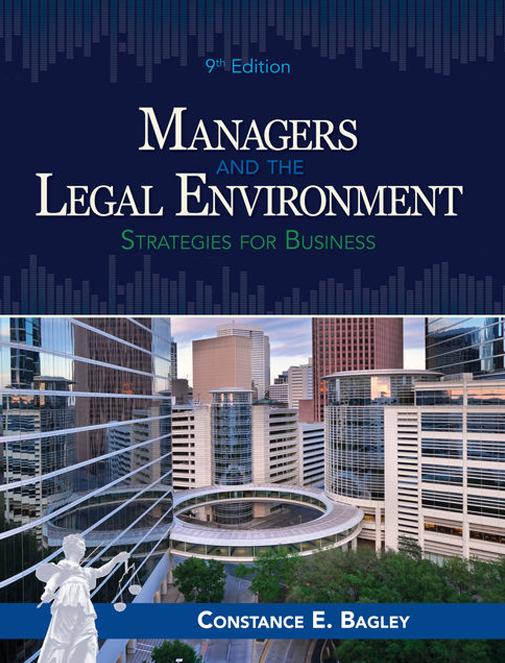Question
76. TFU: The socially optimal amount of pollution is zero. 77. Suppose that you live in a house with two other people, Xerxes and Xavier.
76. TFU: The socially optimal amount of pollution is zero.
77. Suppose that you live in a house with two other people, Xerxes and Xavier. If you decide to
buy a television, it will be nonrival and nonexcludable. There are occasional times when it would
be useful to have two. Xerxes would be willing to pay $50 for one TV and $55 for two. Xavier
would pay $80 for one and $100 for two. You would give $100 for one and wouldn't ever use the
second. At what range of prices should the house buy one TV? Two TVs?
78. Explain Okun's concept of the "leaky bucket." What factors determine the amount of leakage
that will happen with any given income redistribution program?
79. TFU: GDP is a flow.
80. Why might it be reasonable to assume that an increase in a country's per-capita real GDP
reflects an increase in utility? What would we have to hold constant in order for this assumption
to be valid?
81. How (if at all) would each of the following affect the natural rate of unemployment and why:
(a) An influx of inexperienced workers into the economy? (b) Rapid shifts in the industry
composition of a country's output? (c) An increase in the generosity of unemployment benefits?
(d) Better surveillance technology that makes it easier to detect shirking workers? (e) A decline in
the share of workers belonging to labor unions. (f) An increase in aggregate demand.
82. TFU: Long-run improvement in the U.S. standard of living depends mostly on improvements
in total-factor productivity associated with technological change.
83. TFU: According to the convergence hypothesis, the U.S. and Mexico should eventually
converge to the same level of real per-capita GDP.
84. Explain which of the following is true in a long-run, Schumpeterian equilibrium with R&D
spending and ongoing productivity growth (and why): (a) Firms make zero economic profit on
their production activities. (b) Firms produce where price equals marginal cost. (c) Resources are
allocated efficiently at every moment in time, given the state of technological knowledge. (d) The
marginal benefit to entry into the industry is zero, despite firms making positive economic profits
on their production. (e) R&D costs balance out economic profits on production.
What are the advantages of high appropriability for innovations? What are the advantages of
low appropriability?
86. TFU: An increase in the expected inflation rate will not change the equilibrium real interest
rate.
87. TFU: If Zebulon gives up looking for a job then, other things equal, the unemployment rate
will fall.
88. TFU: An increase in the growth rate of the money supply leads to faster economic growth in
the long run.
89. TFU: An increase in the growth rate of the money supply leads to higher inflation in the long
run.
90. The recent "quantitative easing" policy adopted by the Federal Reserve involves purchasing
large amounts of long-term government bonds. Explain how these purchases will affect the
reserves and deposits of commercial banks. What happens to the monetary base? What will
happen to the money supply if banks simply hold onto the money as excess reserves? What will
happen to the money supply if banks increase lending?
91. What are the major social costs of inflation? Which of these occur if inflation is correctly
anticipated and which result from unanticipated or uncertain inflation?
92. For each of the following, tell whether it would affect aggregate demand or aggregate supply
and what effect it would have: (a) An increase in the price of imported oil. (b) An increase in
government spending. (c) A decrease in union wage demands. (d) An improvement in
productivity due to technological advance. (e) An increase in the expected long-run profitability
of capital. (f) An increase in expected future incomes. (g) A depreciation of the value of the
dollar.
93. Explain why each of the three theories of short-run aggregate supply predicts an increase in
real output when aggregate demand is unexpectedly high.
94. Explain why each of the three theories of short-run aggregate supply predicts that an increase
in aggregate demand will not affect output in the long run.
95. TFU: Low inflation can only be attained at a high level of unemployment.
96. TFU: A $100 billion increase in government spending can be expected to raise aggregate
demand by more than $100 billion.
97. TFU: A $100 billion increase in government spending would probably raise real interest rates.
98. TFU: Attempts by the government to stabilize the business cycle may do more harm than
good.
99. TFU: The lower nominal interest rates go, the more powerful traditional monetary policy
becomes.
Step by Step Solution
There are 3 Steps involved in it
Step: 1

Get Instant Access to Expert-Tailored Solutions
See step-by-step solutions with expert insights and AI powered tools for academic success
Step: 2

Step: 3

Ace Your Homework with AI
Get the answers you need in no time with our AI-driven, step-by-step assistance
Get Started


